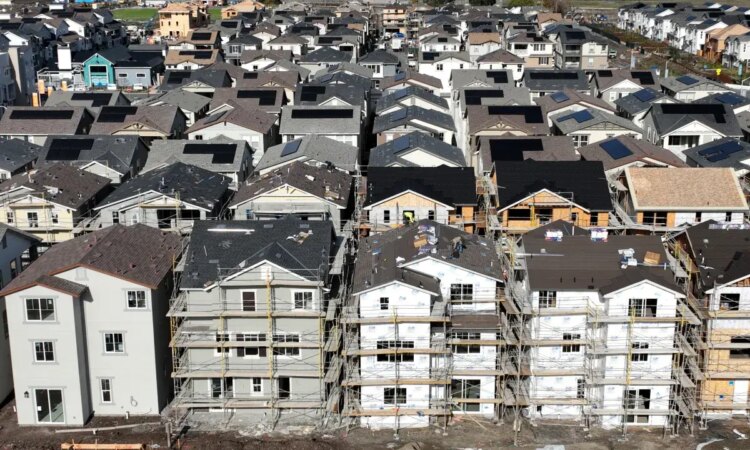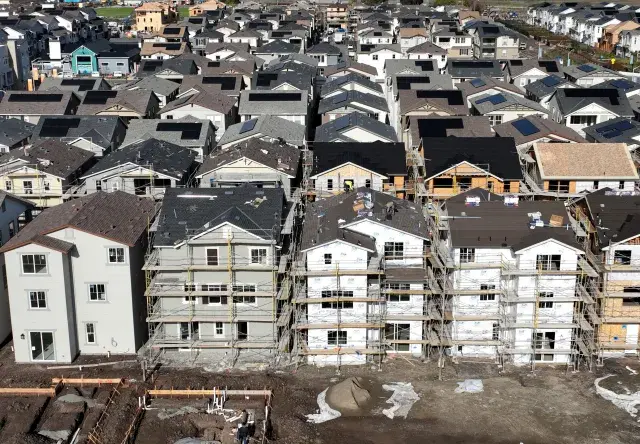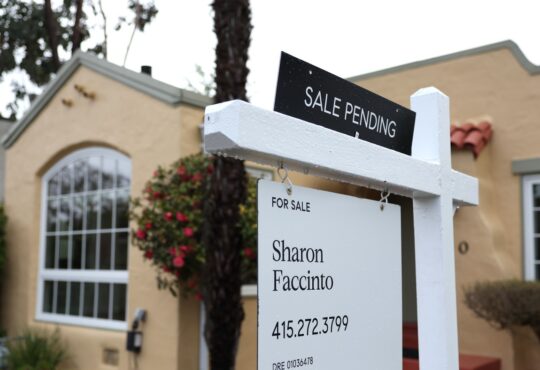
America’s second-largest homebuilder, Lennar, has accepted significant price cuts in recent years in order to keep selling homes in a generally softening U.S. housing market.
As buyers retracted to the sidelines of the market among sky-high home prices and elevated mortgage rates in recent months, Lennar slashed prices and offered all types of incentives to close a deal, to the point where prices for its homes are now 22 percent below their post-pandemic peak.
Last week, however, the company signaled that it is ready to abandon this strategy and prioritize profits instead—a shift that would likely negatively impact the average homebuyer, who benefited from the recent inventory glut across the country, especially in the Sun Belt.

How Has Lennar Navigated a Slowing Housing Market?
As the U.S. housing market slowed to a crawl this year after a pile-up of for-sale inventory caused by dwindling demand, Lennar continued prioritizing sales over margins, a strategy the company has been pursuing for the past three years.
This approach allowed Lennar to continue moving homes in the Sun Belt markets, which experienced a stark correction after the pandemic and experienced a massive surge in inventory.
But this strategy has come at a cost for Lennar: the developer’s average selling price, net of incentives, was down 9.2 percent year-over-year in the third quarter of the year, at $383,000, 22 percent below the 2022 peak of $491,000. In the same quarter, Lennar spent an average of 14.3 percent of its final sales price on incentives—the highest since 2009, according to John Burns Research & Consulting.
Last week, the company reported its weakest gross margin since 2009.
During Lennar’s earnings call on Friday, co-CEO Stuart Miller told analysts that the company will “pull back just a little bit” on the game plan that it has been following for the past three years. This strategy has not been paying out for the company, which complained about the further deterioration of their margins between July and September.
“Our third quarter results reflect the continued softening of market conditions and affordability through our third quarter. Sales volume was difficult to maintain and required additional incentives in order to achieve our expected pace and to avoid building excess inventory,” Miller said.
“While our deliveries were just below our goal for the quarter, and while we sold more homes than expected during the quarter, these accomplishments came at the expense of further deterioration of margin, which came down to 17.5 percent.”
What Does a Change in Strategy Mean for Lennar?
Miller said on Friday that Lennar is going to revise its expectations for the fourth and last quarter of the year “to relieve the pressure on sales and deliveries and help establish a floor on margin.”
Specifically, Lennar will reduce its delivery expectations for October, November and December to 22,000-23,000 homes, while shrinking its full year expectation to 81,500-82,500.
“For Lennar, this is an opportune time to pause and let the market catch up a little bit,” Miller said. “Even though mortgage rates began to trend downward towards the end of the quarter, stronger sales have not yet followed.”
Miller said that as mortgage rates have been trending down in recent weeks in anticipation of the Federal Reserve’s decision to introduce its first rate cut since December, the company is seeing “early signs of greater customer interest and stronger traffic entering the market.”
With lower mortgage rates, he said, buyers are coming back to the market “and this is generally an early signal of stronger sales activity to follow.”
Assuming rates remain lower than they have been for the past three years, and if interest rates continue to fall, Miller said that Lennar is optimistic that its sales will pick up again soon, even without massive price cuts.






